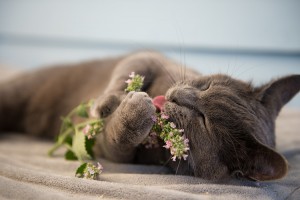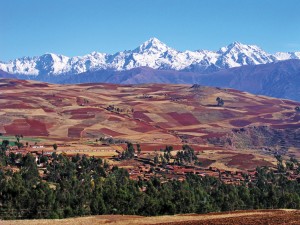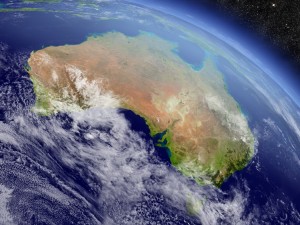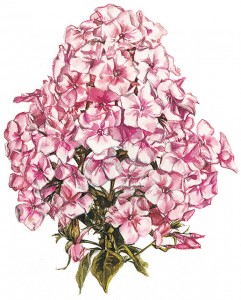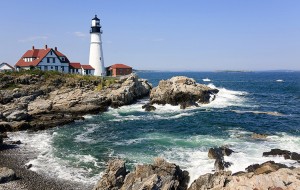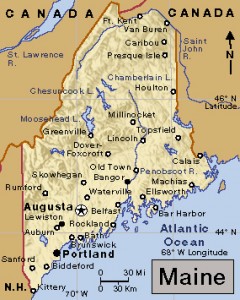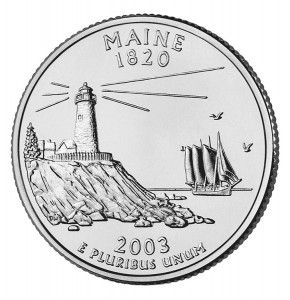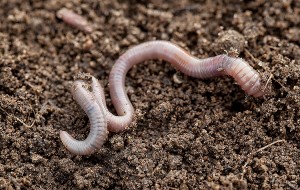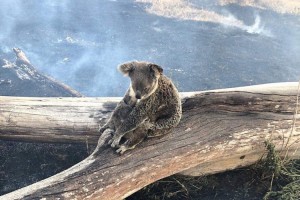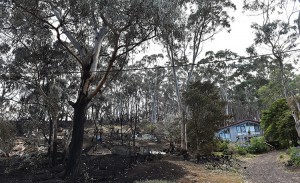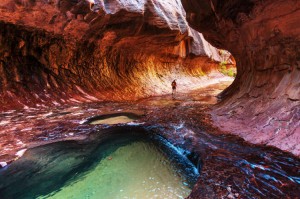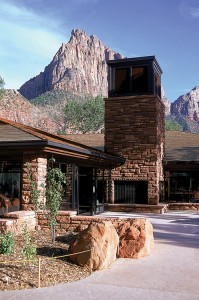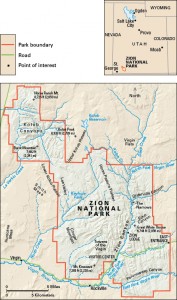California’s Poppy Superblooms
Wednesday, May 24th, 2023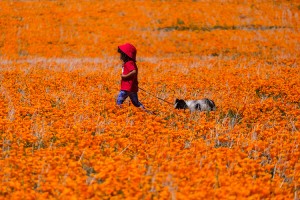
A child walks their dog in California during a poppy superbloom on April 9, 2023.
Credit: © Ringo Chiu/Shutterstock
This spring, regions of California have experienced poppy superblooms. Superblooms are a natural botanical phenomenon that happens primarily in deserts. They often occur after a wet year that follows several dry years in California and Arizona. The wildflower seeds wait in the ground for the perfect conditions to bloom. Well, after record rain and snow this winter in California, the poppies did not disappoint! In nature reserves across the state, bright red and orange blooms blanket the fields.
Tourists and locals have gathered in nature reserves to take in the natural phenomenon! The superblooms are a beautiful location for a picnic, photoshoot, or a long walk. The state park agency recommends heading to the Bay area or other parts of southern California to view superblooms this year. California also had amazing superblooms in 2017 and 2019.
What is a poppy? Poppy is the common name for several related groups of flowers. The most important member is the white, pink, red, or purple opium poppy of China, India, and Iran. It has been raised in Asia since ancient times. Opium is a plant product used to make legal and illegal drugs.
The flowers of poppies are admired for their delicate beauty and gracefulness. Breeders have produced many variations in the size and form of the blossom. Most kinds are hardy and easy to cultivate. The tiny seeds have no narcotic properties, and are sold for bird food. They also yield an oil used in preparing some foods. The oil cake remaining is a valuable cattle food. Poppy seeds are also used as flavoring. They may be sprinkled on bread and rolls, or used in filling for cakes.
The common corn poppy grows wild in the grainfields and grassy meadows of Europe. Many varieties of the corn poppy, including the Shirley poppy, are grown from seed in flower gardens. The Iceland poppy grows as far south as Colorado. Its long-lasting flowers are various shades of white, orange, yellow, rose-pink, and scarlet. The California poppy, or “cup of gold,” grows wild in the “Golden State.” The most showy poppy is the large-flowered Oriental poppy. This poppy’s red, orange, white, or salmon blossoms often have blackish-purple centers.
Many poppies are annual plants that can be grown from seed. However, the Oriental poppy is a perennial, and this plant is best transplanted by root sections. The poppy is one of the flowers of the month of August.

